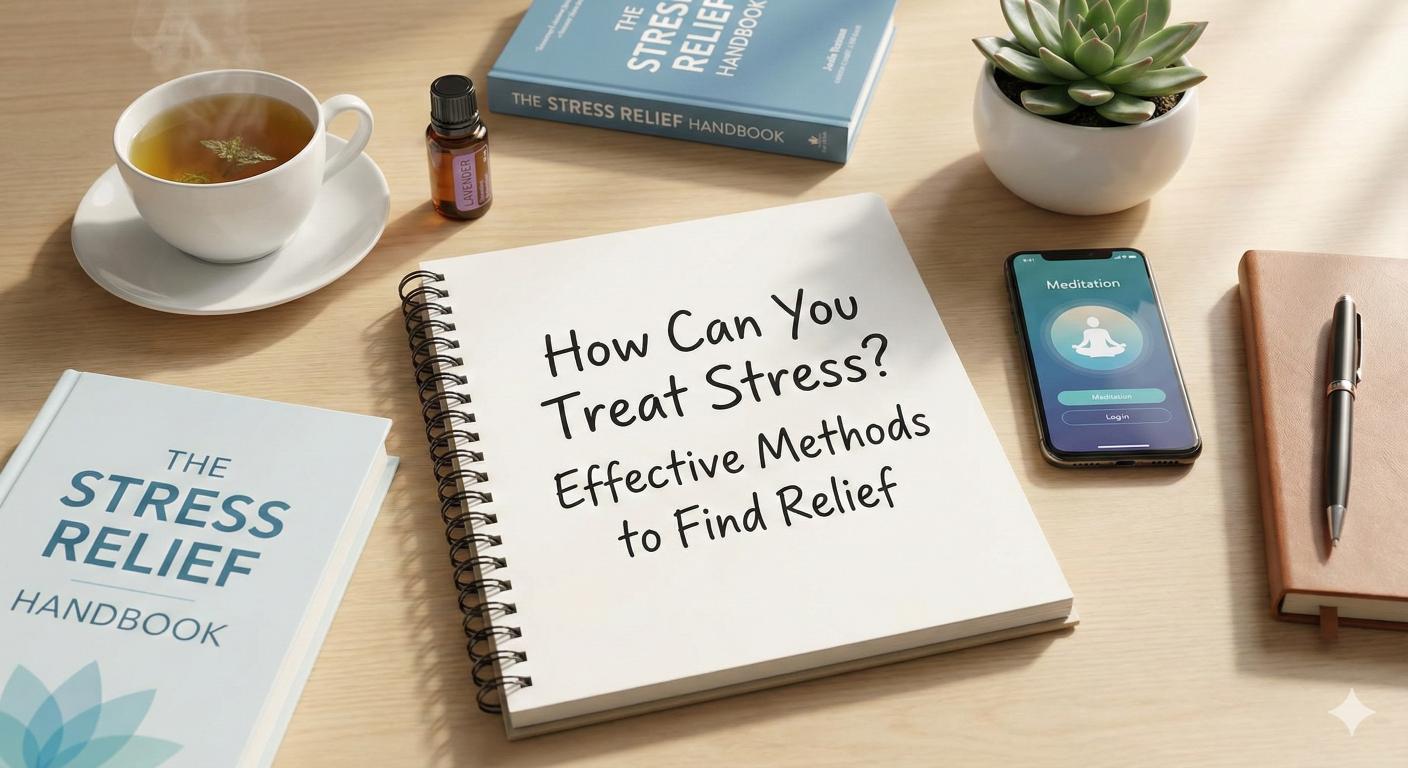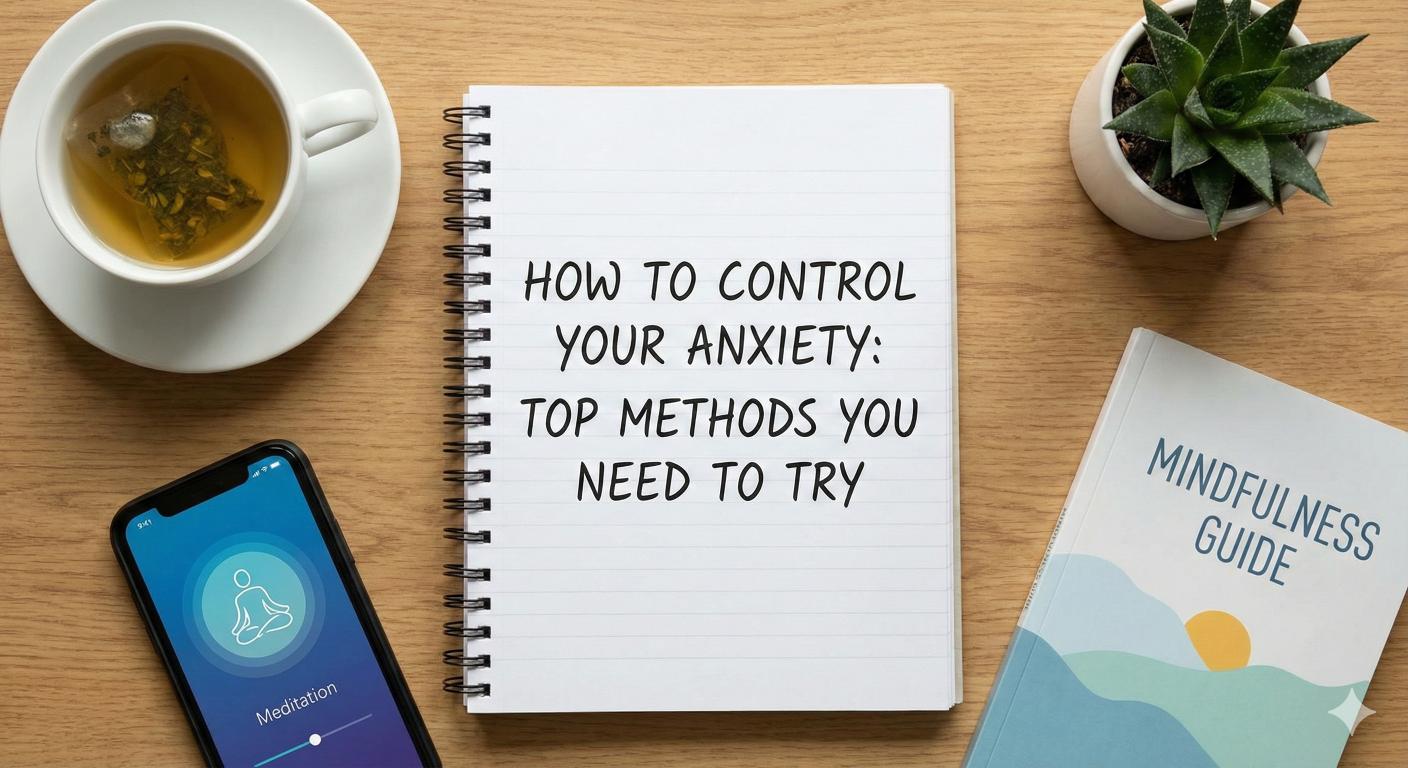Unveiling Trichotillomania, the Hair-Pulling Disorder
Discover trichotillomania: the hair-pulling disorder, its symptoms, treatments, and coping strategies for healing.

Understanding Trichotillomania
Definition and Overview
Trichotillomania, commonly referred to as the hair-pulling disorder, is a mental health condition marked by frequent, repeated, and irresistible urges to pull hair from the scalp, eyebrows, or other areas of the body. This behavior falls within a category of conditions known as body-focused repetitive behaviors. People with trichotillomania may pull hair in response to stress, boredom, or anxiety, and the act can provide a temporary sense of relief. However, it often leads to noticeable hair loss and distress.
Prevalence and Onset
Trichotillomania typically begins during childhood or adolescence, often starting between the ages of 10 and 13 years old. Notably, the average age of onset in children is reported to be around 9.3 years, with peaks in hair-pulling behavior observed at approximately 7 to 8 years and again at 11 to 12 years.
In terms of prevalence, trichotillomania affects approximately 0.5% to 3.4% of adults at some point in their lives (Cleveland Clinic). The condition presents different patterns among genders; in children, trichotillomania affects both boys and girls equally. However, in adults, women are significantly more likely to experience this condition, with estimates suggesting a female-to-male ratio of up to 9 to 1.
| Age Group | Onset Age Range | Gender Distribution |
|---|---|---|
| Children | 7-12 years | Equal prevalence (male/female) |
| Adolescents/Adults | 10-13 years | 9 women : 1 man |
Understanding trichotillomania: the hair-pulling disorder is crucial for recognizing its symptoms and seeking appropriate treatment. For more insights on related disorders, consider exploring articles on obsessive-compulsive disorder (OCD): more than just cleanliness and excoriation (skin-picking) disorder: understanding and treatment.
Symptoms and Impact
Understanding the symptoms and overall impact of trichotillomania, also known as the hair-pulling disorder, is essential for recognizing how this condition affects individuals' lives.
Hair-Pulling Behavior
Individuals with trichotillomania exhibit compulsive hair-pulling behavior, which can involve removing hair from various body areas, including the scalp, eyebrows, and eyelashes. Episodes of hair-pulling can last from seconds to hours and typically occur in private. These behaviors are often triggered by specific activities, moods, or situations Mayo Clinic.
| Area of Hair Removal | Percentage of Individuals |
|---|---|
| Scalp | 90% |
| Eyebrows | 25% |
| Eyelashes | 10% |
| Other Body Areas | 40% |
The act of pulling hair can provide temporary relief, but this is often followed by feelings of shame or guilt. These behaviors are frequently repetitive, and many individuals struggle to control or stop the urge to pull hair.
Emotional Distress and Impairment
Trichotillomania often leads to significant emotional distress and impairment in daily functioning. Individuals may experience feelings of embarrassment and isolation due to visible hair loss, leading them to conceal their condition in social and professional environments. This distress can adversely affect work, school, and relationships Mayo Clinic.
Research indicates that females with trichotillomania report higher levels of distress and impairment than their male counterparts, although there is no significant difference in the severity of hair-pulling behavior between genders National Center for Biotechnology Information.
Cognitive behavioral approaches, especially Habit Reversal Therapy (HRT) combined with stimulus control, have been effective in managing hair-pulling behaviors and alleviating the associated emotional distress ABCT. Understanding the symptoms and impacts of trichotillomania is crucial to provide appropriate support and treatment strategies. For further reading on related disorders, consider exploring articles on obsessive-compulsive disorder (OCD): more than just cleanliness and excoriation (skin-picking) disorder: understanding and treatment.
Diagnosis and Treatment
Diagnosing Trichotillomania
To diagnose trichotillomania, a physical exam is typically conducted, followed by a referral to a mental health professional experienced in treating the disorder. The diagnosis process may involve identifying symptoms such as depression, anxiety, or substance abuse issues that frequently accompany trichotillomania. The DSM-5 outlines five main criteria for a formal diagnosis, including:
| Criteria | Details |
|---|---|
| Noncosmetic hair removal | Pulling out hair for reasons other than cosmetic appearance. |
| Multiple attempts to decrease or stop pulling | Evidence of effort made to reduce or cease hair-pulling behavior. |
| Distress and/or functional impairment | The hair-pulling behavior causes significant distress or impairment in social, occupational, or other important areas of functioning. |
| Not caused by another medical condition | The behavior is not better explained by another medical condition. |
| Not caused by another mental disorder | The behavior is not better explained by another mental disorder, such as obsessive-compulsive disorder. |
Therapy Options
Therapy is a primary treatment approach for individuals dealing with trichotillomania. Cognitive behavioral therapy, particularly Habit Reversal Therapy (HRT) combined with stimulus control, is often the first-line treatment. Research supports the efficacy of these methods in reducing hair-pulling behaviors. Additional therapy techniques like Acceptance and Commitment Therapy (ACT) and Dialectical Behavior Therapy (DBT) may also enhance treatment outcomes (ABCT).
Medication and Treatment Approaches
While no medications are specifically FDA-approved for trichotillomania, certain antidepressants and other treatments have shown potential effectiveness. Medications such as clomipramine (Anafranil), amino acids like N-acetylcysteine, and olanzapine (Zyprexa) have been reported to help manage symptoms.
Additionally, SSRIs are often utilized if hair pulling co-occurs with conditions like depression or anxiety (ABCT). Individuals seeking help for trichotillomania can consult with mental health professionals to determine the best combination of therapy and medication for their specific needs. For further understanding of related disorders, consider reading about obsessive-compulsive disorder (OCD): more than just cleanliness and exploring other related conditions.
Coping Strategies and Support
Individuals dealing with trichotillomania: the hair-pulling disorder can benefit greatly from various support systems and coping strategies. This section highlights key approaches, including support groups, family involvement, and the crucial role of mental health professionals.
Support Groups and Resources
Support groups provide an essential space for individuals facing trichotillomania to connect and share their experiences. Joining these groups can help foster a sense of community and understanding. Organizations such as the TLC Foundation for Body-Focused Repetitive Behaviors offer moderated email groups tailored to different age demographics and specific needs related to trichotillomania. These groups offer a safe, non-judgmental environment to discuss strategies and share personal triumphs and challenges related to hair-pulling behaviors (Mayo Clinic).
In the UK and Ireland, BFRB UK & Ireland provides peer-led support groups and events for adults, parents, and soon for under-18s, offering much-needed support within this community. The Bay Area BFRB support group in California meets twice a month, allowing participants to share their journeys in a relaxed setting without the presence of a therapist, emphasizing peer support as a valuable resource.
Family Involvement
Family members can play a significant role in the individual's journey toward managing trichotillomania. Engaging family members in understanding the disorder helps create a supportive home environment. Families can learn to respond constructively to hair-pulling incidents and develop strategies to encourage healthier coping mechanisms. Family support not only alleviates feelings of isolation but also reinforces the importance of positive reinforcement in behavior management.
Role of Mental Health Professionals
Mental health professionals are critical in the treatment and management of trichotillomania. Therapists specializing in body-focused repetitive behaviors (BFRBs) provide comprehensive assessment and tailored treatment plans. They can offer therapies such as Cognitive Behavioral Therapy (CBT), which have shown effectiveness in reducing hair-pulling behaviors. Professionals can also guide clients through understanding the emotional triggers that contribute to these behaviors and help them develop coping strategies.
Moreover, programs like the Body-Focused Repetitive Behavior Support Group led by specialists offer structured sessions for individuals seeking a deeper understanding of their condition. These sessions often incorporate educational elements, group support, and skill-building activities to enhance coping abilities (BFRB.org).
Overall, building a support network through groups, involving family members, and seeking guidance from mental health professionals creates a multifaceted approach to managing trichotillomania. This support system is vital for individuals striving toward recovery and healthy coping mechanisms. For additional details, explore our related articles, including obsessive-compulsive disorder (OCD): more than just cleanliness and excoriation (skin-picking) disorder: understanding and treatment.
Causes and Risk Factors
Understanding the origins and contributors to trichotillomania: the hair-pulling disorder is essential for recognizing its complexities. Several factors may influence its onset and progression.
Genetic and Environmental Influences
The development of trichotillomania is not tied to a single cause. Research suggests that genetics and environmental elements likely play significant roles. A combination of inherited traits and learned behaviors may contribute to the disorder. Individuals with a family history of compulsive disorders may be more susceptible, as these conditions can run in families. Additionally, environmental stressors or traumatic experiences could further increase the risk of developing trichotillomania (Mayo Clinic).
Emotional Regulation
Emotional regulation difficulties are commonly associated with trichotillomania. Individuals may experience feelings of shame and low self-esteem related to their condition. As a result, many try to conceal their behaviors, leading to a cycle of secrecy and exacerbation. Emotional distress can contribute to hair-pulling episodes, often serving as a coping mechanism to alleviate stress or anxiety.
Personalities and Vulnerabilities
Certain personality traits and vulnerabilities have been identified in those with trichotillomania. Research indicates that 79% of individuals with this disorder also have one or more comorbid mental health issues, such as anxiety disorders, depression, OCD, PTSD, or ADHD (National Institute of Health - PMC). This comorbidity can complicate treatment and often requires a comprehensive approach to address both trichotillomania and any coexisting conditions effectively.
Exploring these causes and risk factors helps to illuminate the complexities of trichotillomania and the diverse experiences of those affected. Understanding these factors is crucial for developing effective treatment strategies and support systems. Individuals seeking further information about related disorders can read about obsessive-compulsive disorder (OCD), excoriation (skin-picking) disorder, and body dysmorphic disorder for a more comprehensive understanding of obsessive-compulsive and related disorders.
Managing Trichotillomania
Long-Term Outlook
Trichotillomania, commonly known as the hair-pulling disorder, can vary significantly in its long-term effects on individuals. Some may experience a natural resolution of symptoms within a few years after onset. However, this is not the case for everyone; the potential for the disorder to persist into adulthood exists, especially if not addressed early. As individuals age, particularly from adolescence onward, the likelihood of successfully treating trichotillomania decreases. Early diagnosis and intervention are essential to minimize the severity and duration of symptoms Cleveland Clinic.
| Age Group | Likelihood of Persistent Symptoms |
|---|---|
| Children (under 10) | Lower likelihood |
| Adolescents (10-13) | Increasing likelihood |
| Adults (14 and older) | Higher likelihood |
Fluctuations in Symptoms
Symptoms of trichotillomania can fluctuate over time, with periods of exacerbation and remission. Factors influencing these fluctuations include stress levels, changes in routine, or emotional states. The behavior may manifest in various forms, such as pulling hair from the scalp, eyebrows, or other areas, and can range in duration from a few seconds to hours. This variability highlights the importance of ongoing support and management of the condition to help individuals cope during challenging times Mayo Clinic.
Hormonal Influences on Symptoms
Hormonal changes may significantly impact the severity of trichotillomania symptoms. For many individuals, symptoms can be exacerbated during periods such as the menstrual cycle. These hormonal shifts can lead to increased urges to engage in hair pulling behaviors. Awareness of these influences can help individuals strategize their management techniques during these times Mayo Clinic.
Understanding the long-term outlook, the fluctuations of symptoms, and the hormonal influences can empower individuals affected by trichotillomania. It allows for better strategies in managing the condition, ensuring they have the support needed to navigate the challenges that accompany it. For further information on related conditions, consider exploring topics like excoriation (skin-picking) disorder or obsessive-compulsive disorder (OCD).
More Resources
A team ready to start your journey.
Get in touch — today.
We are a safe space – a haven for exceptional individuals to receive discreet, personalized, in-person treatment and care.
.avif)










